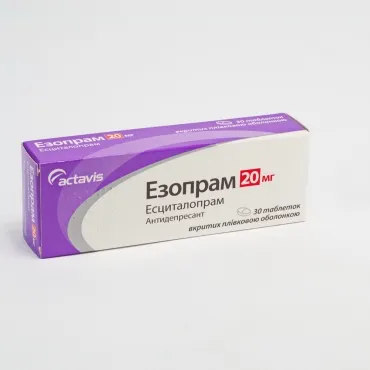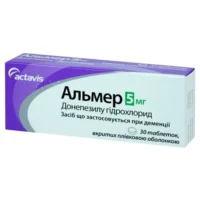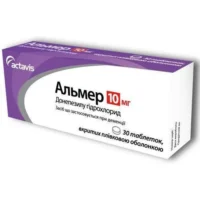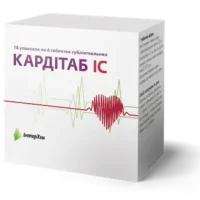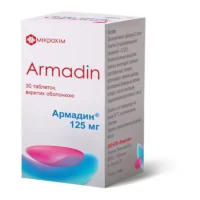Description
Ezopram Coated Tablets 20 mg. №30
Ingredients:
Each coated tablet contains 20 mg of Ezopram.
Dosage:
The recommended dosage is one 20 mg coated tablet daily. It is important to follow the instructions provided by your healthcare provider.
Indications:
Ezopram is indicated for the treatment of depression and anxiety disorders. It works by restoring the balance of certain natural substances in the brain.
Contraindications:
Do not take Ezopram if you are allergic to it or if you are taking monoamine oxidase inhibitors (MAOIs). Consult your doctor before starting Ezopram if you have a history of seizures or liver disease.
Directions:
Swallow the tablet whole with water, do not crush or chew it. Take Ezopram at the same time each day for the best results.
Scientific Evidence:
Ezopram, a selective serotonin reuptake inhibitor (SSRI), has been extensively studied for its efficacy in treating depression and anxiety disorders. Clinical trials have demonstrated that Ezopram is effective in improving symptoms of depression and reducing anxiety levels in patients.
Additional Information:
Ezopram may take several weeks to show its full effects. Do not discontinue the medication abruptly as it may lead to withdrawal symptoms. Always consult your healthcare provider before making any changes to your treatment plan.
Ezopram works by increasing the levels of serotonin in the brain, which helps regulate mood and emotions. By inhibiting the reuptake of serotonin, Ezopram prolongs the effects of this neurotransmitter, leading to improved mood and reduced anxiety.
Compared to other antidepressants, Ezopram has shown comparable efficacy with a more favorable side effect profile. Studies have also indicated that Ezopram may have a lower risk of certain side effects such as weight gain and sexual dysfunction, making it a preferred choice for many patients.

